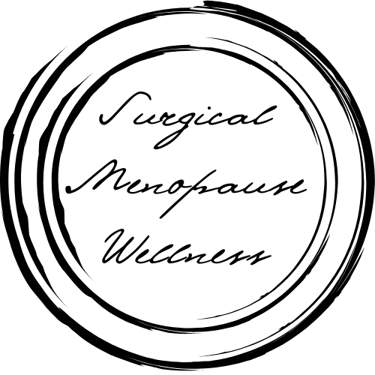Strength in the Struggle – My Ovarian Cancer Journey, Part 2: Chemo, Control, and the Courage to Let Go
In Part 2 of my ovarian cancer journey, I open up about the emotional weight of chemotherapy—shaving my head, the silent battle with control, and what the wheelchair represented. Discover how I found strength, grace, and identity through the hardest part of treatment, and why healing is as much emotional as it is physical.
4/10/20253 min read


Introduction:
If the diagnosis and surgery were the earthquake that shook my world, then chemotherapy was the long aftershock that tested every fiber of my being. This part of the journey wasn’t just about medicine—it was about control, identity, and discovering strength in ways I never expected.
In Part 2, I’ll share what it was like to face the loss of my hair, the silent battle I waged with accepting help in the form of a wheelchair, and the deep emotional toll that chemo took on my spirit. I’ll also speak to the quiet miracles—those who treated me like me, and the prayers that became lifelines when I was too tired to stand on my own.
This is the chapter where I truly learned: healing isn’t always loud—it’s often quiet, stubborn, and full of grace.
Losing My Hair, Losing My Identity
So much of a cancer experience is about control, at least it was for me. Watching my long, beautiful hair fall out in handfuls was deeply disturbing. I couldn’t take it anymore. I went to a local place where you could walk in and get your hair cut, and I asked them to shave my head. The girl looked at me like I was crazy and asked why. I told her it was falling out from chemo—and to please just cut it off.
Oddly, it was easier to deal with the tiny pieces that remained as I became completely bald. We hold so much of our identity in our appearance, and seeing myself in the mirror felt like a betrayal. Who was I now? It was just another step in my transformation—though at the time, it felt like a loss of everything I thought I was.
The Wheelchair Ride That Broke My Pride
Then there was the wheelchair. It may sound small, but to me it represented defeat. As long as I could take that long walk down the hallway to the treatment room, I felt like I was still ahead of the game. If I had to accept a ride in a wheelchair, it meant I was losing the fight—that cancer was winning. The ability to walk myself there under my own power gave me hope. It gave me a sense of choice.
Until the day came when I just couldn’t. My chemo treatments were intense—five days in a row, hours each day, and the side effects were relentless. My body just couldn’t do it anymore. That moment broke me a little. But I also learned that rest doesn’t mean surrender. It means I was human—and being human was still enough.
Gratitude for Angels in Disguise
My care team was incredible. The nurses in the chemo room? They are a special kind of angels on earth. And while a lot of people treated me with sympathy, it was the people who saw me—who still treated me like myself—that helped the most. They reminded me that I wasn’t just a diagnosis. That familiarity helped me reconnect with who I was, even as everything changed.
I’m also so deeply grateful to the many people who prayed for my healing during that time. I believe those prayers made a difference. Their love surrounded me when I needed it most, and I will never forget it.
Looking Ahead to Part 3
Stay tuned for Part 3, where I’ll talk about reentering life after treatment—the awkwardness, the fear, the unexpected joy, and the beginning of a new identity. Because surviving cancer is just the beginning of a different kind of journey.
“Out of difficulties grow miracles.” – Jean de La Bruyère
If you found any part of my story helpful or encouraging, I’d love to hear from you. Share your experience in the comments or send me a message. And don’t forget to follow along for Part 3—because this journey isn’t over yet, and I’d love to walk it with you. Here is a link to Part 1, in case you missed it.
Surgical Menopause Wellness
Empowering women through surgical menopause resources and wellness practices.
Disclaimer
The information provided on this website is for informational and educational purposes only and is not intended as a substitute for professional medical advice, diagnosis, or treatment. This content should not be used to diagnose, treat, cure, or prevent any health condition or disease. Always consult with a qualified healthcare provider before making any changes to your health regimen, starting new treatments, or if you have questions regarding a medical condition. Reliance on any information provided by this website is solely at your own risk.
© 2024. All rights reserved.
